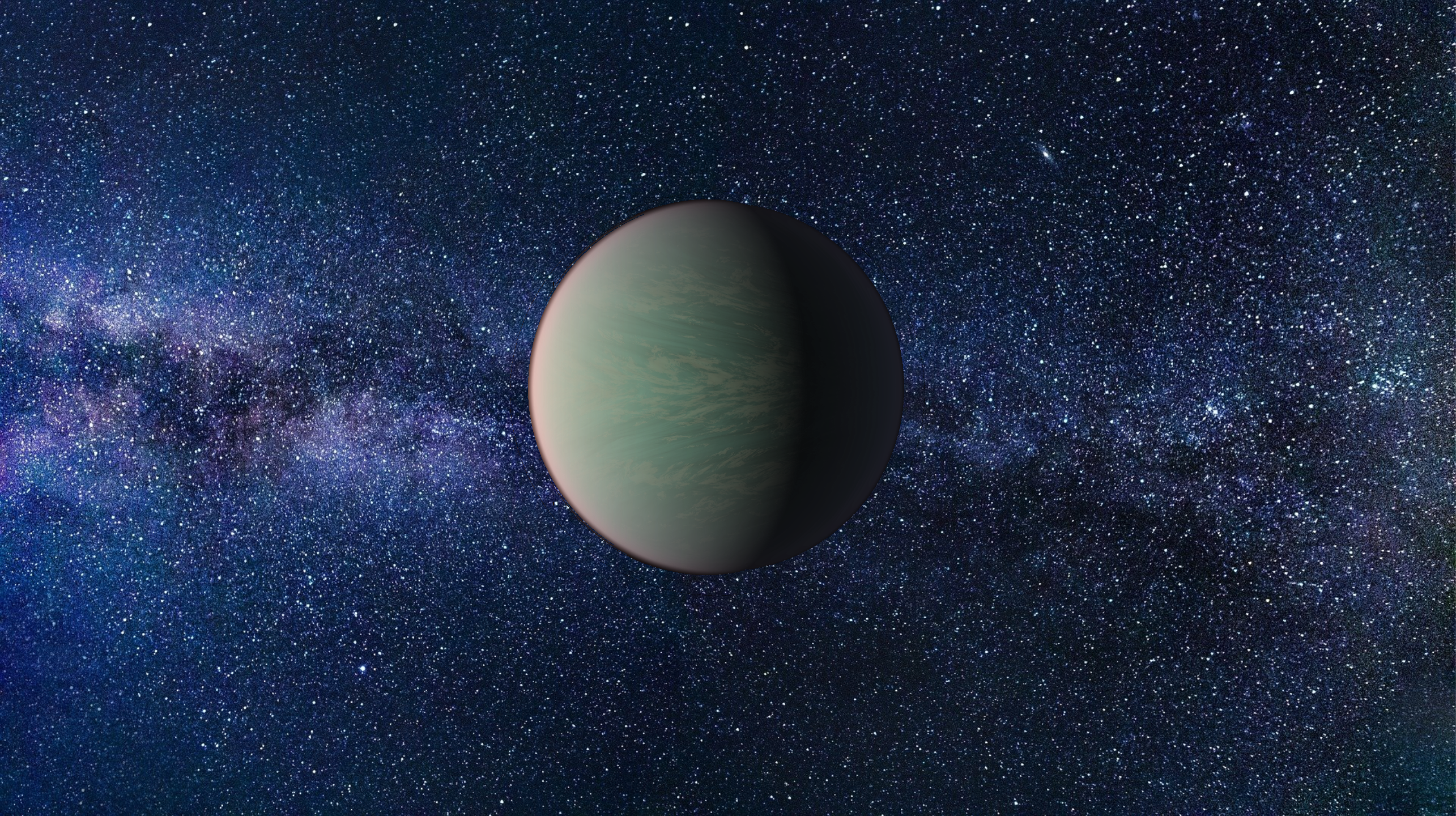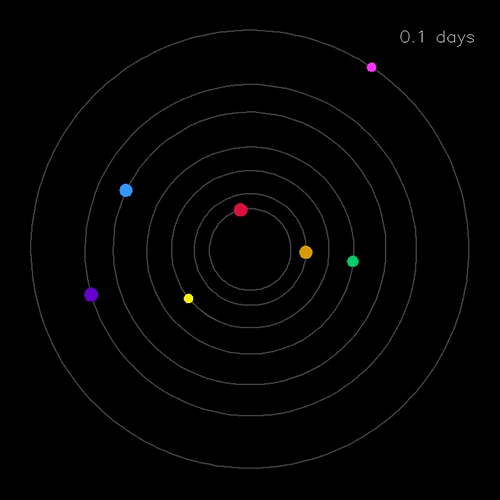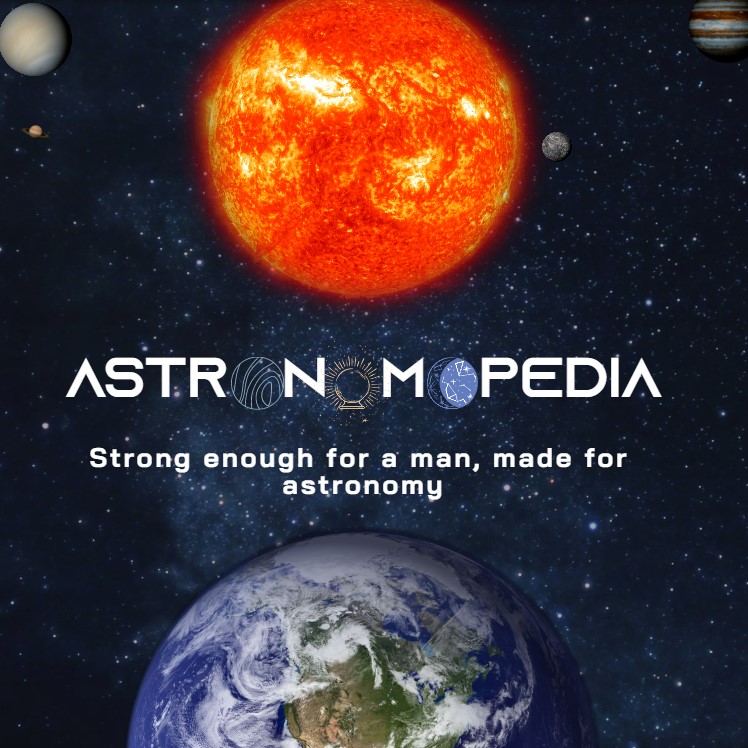

TRAPPIST-1 b

What is TRAPPIST-1 b?
TRAPPIST-1 b, also known as 2MASS J23062928-0502285 b, is an exoplanet that resembles Venus and orbits the ultra-cool dwarf star TRAPPIST-1 in the Aquarius constellation. By dimming the host star's brightness as it passes in front of the planet, the transit method was used to find the planet. It was first announced on May 2, 2016, and more research was able to hone its physical parameters between 2017 and 2018.
What is special about this exoplanet?
The system's innermost planet, TRAPPIST-1 b, is situated outside the habitable region. With a somewhat lower mass, its diameter is almost comparable to that of Earth. Of all the planets in the system, this one experiences the greatest radiation.
Morphology
Geomorphology
The radius of TRAPPIST-1 b is 84,180 km (52,307.337 miles) and the area of its surface is 89,048,725,252.70445 km² (55332295459.00 miles²).
Anatomy
TRAPPIST-1 b has a mass that is very close to that of Earth. Its mass is 1.02 M⊕. However, the planet's density indicates that it is not entirely rocky. With a density of 3.98 g/cm³, ≤5% of its mass must be volatiles, most likely in the form of a thick Venus-like atmosphere because it receives nearly four times as much energy as Earth. Furthermore, the planet should be very geologically active due to tidal squeezing similar to Jupiter's moon Io.
Tectonic plates
Studies of the tectonic plates of TRAPPIST-1 b has yet to be made.
Location
TRAPPIST-1 b is 39.47 light-years away from Earth. Its orbital distance is 0.0115 AU.
Physico-chemical properties
In 2018, the Spitzer Space Telescope took a closer look at the planet's atmosphere and found it to be quite large and hot. The planet's transmission spectrum and refined density estimate suggest two main atmospheric possibilities: one rich in carbon dioxide and one rich in water vapor. A more likely CO2 atmospheric scale height would be about 52 km (32 mi), the height of Earth is 8 km (5 mi) and that of Venus is 15.9 kilometers (9.9 mi), the average temperature is over 1,400 K (1126.85°C; 2060.33°F), much higher than its equilibrium temperature of 391.8 K (118.7°C; 245.57°F). The water vapor atmospheric scale height would have to be >100 km (62 mi) and temperature >1,800 K (1,530°C; 2,780°F) to produce the observed variations in the transit depth of the planet and its transmission spectrum. would be subject to photodissociation in the absence of CO2. Other sources of the visible effects, such as fog and thick clouds, require an even larger atmosphere. By the way, no helium emissions were detected. TRAPPIST-1 b needs further investigation to confirm its possible large atmosphere.
Temperature
Planet's surface temperature is estimated to be between 775 K (477°C; 890°F) and 1,500 K (1,230°C; 2,240°F). It could potentially be as high as 2,000 K (1,730°C; 3,140°F). This is a much hotter and more volatile place than Venus, and it may be hot enough that the surface is molten lava.
Age
TRAPPIST-1 b has an estimated age of 6.6 billion (6,600,000,000) years.
Force fields
Gravitational force
TRAPPIST-1 b features a gravitational force of 1,687 m/s².
Magnetic field
There is no definitive answer to this question as the magnetic field of TRAPPIST-1 b has not yet been directly observed.
Motions

Orbit
TRAPPIST-1 b has a semi-major axis of 0.0115 astronomical units (1,720,000 km) and orbits its star in 1.5 Earth days.
Rotation
It is anticipated to be tidally locked.
Satellite systems
Moon system
We are not beyond any doubt precisely but, there are higher chances that it doesn't have any moons.
Ring system
There is no definitive answer to this question as the ring system of TRAPPIST-1 b has not yet been directly observed.
Author: William Homier
Editor: William Homier
Sound credit goes to Dsilent 97.
This page was last edited on 18 November 2022, at 17:40 (HAE).
Sources:

